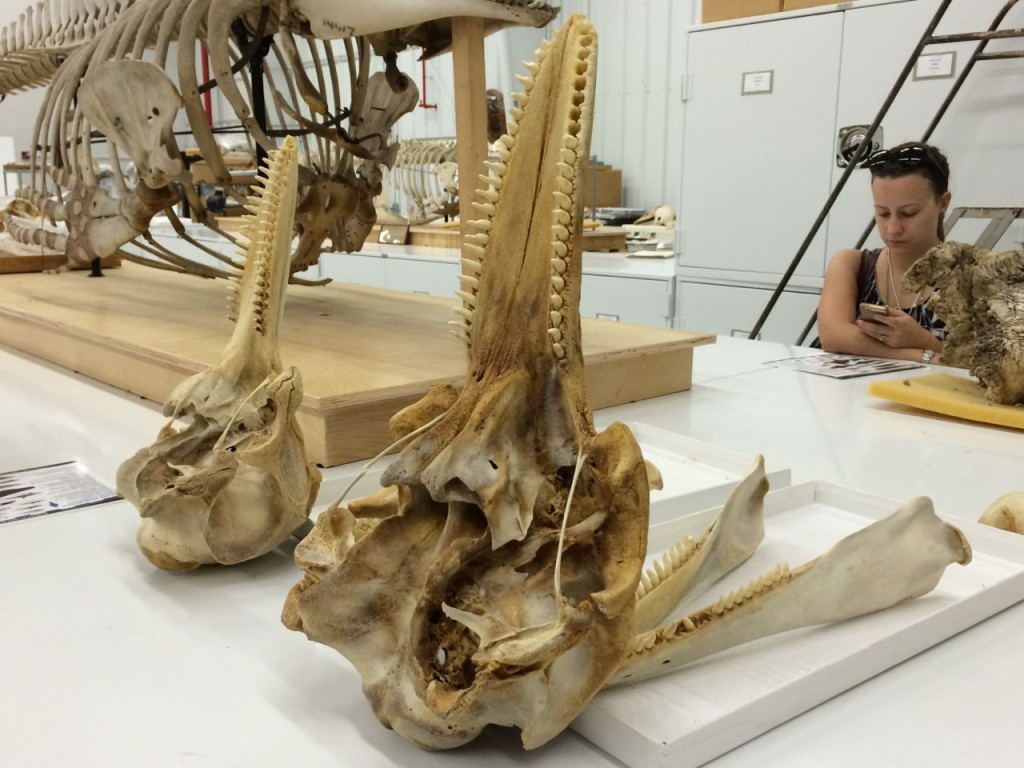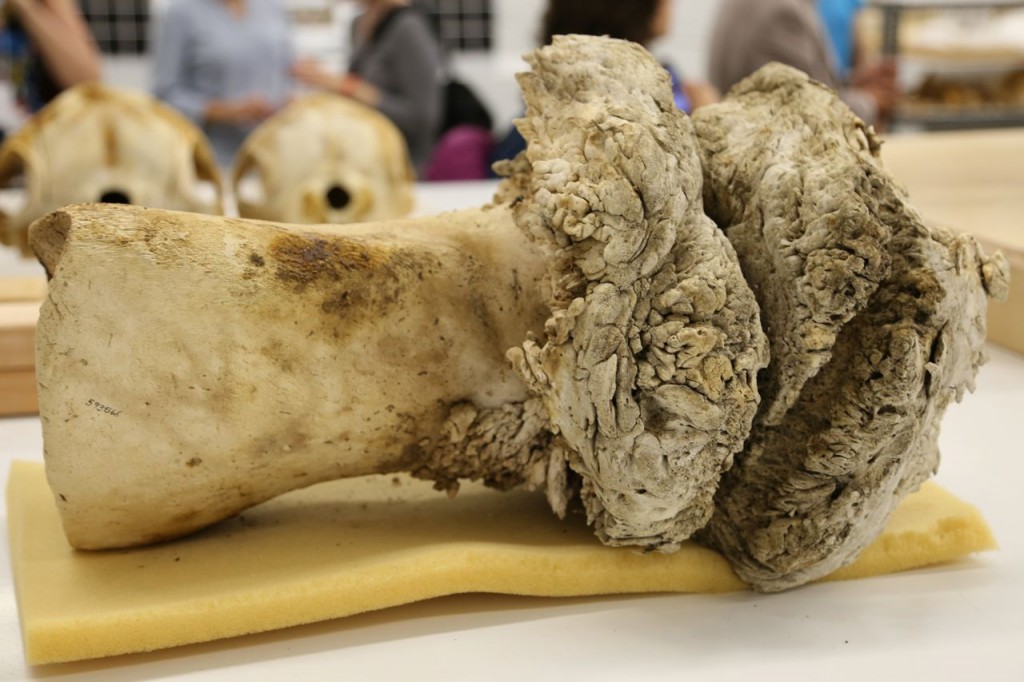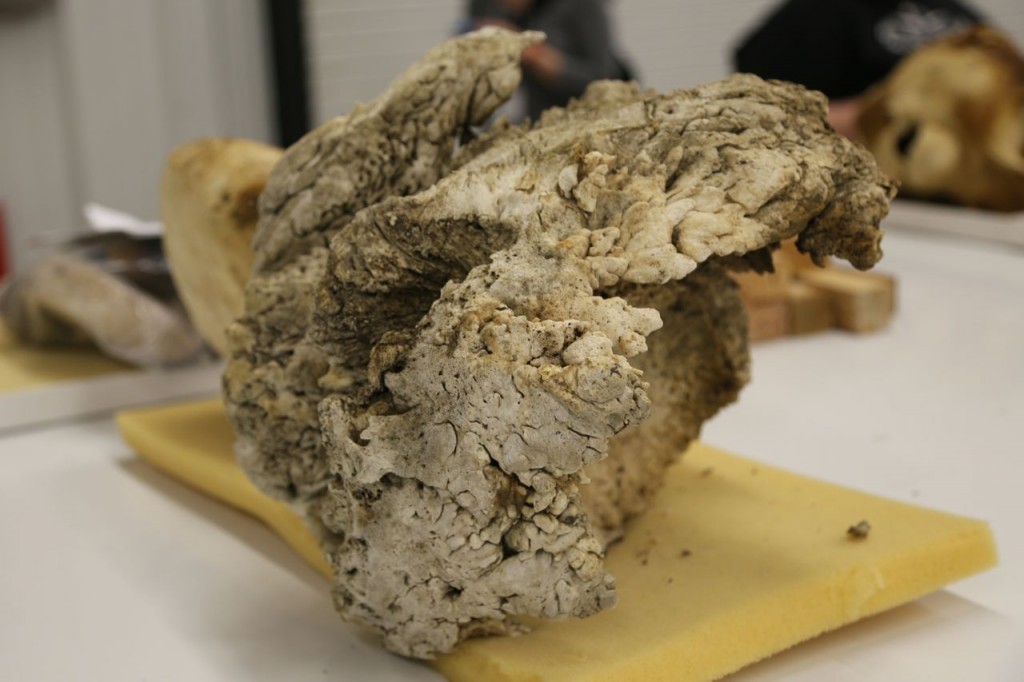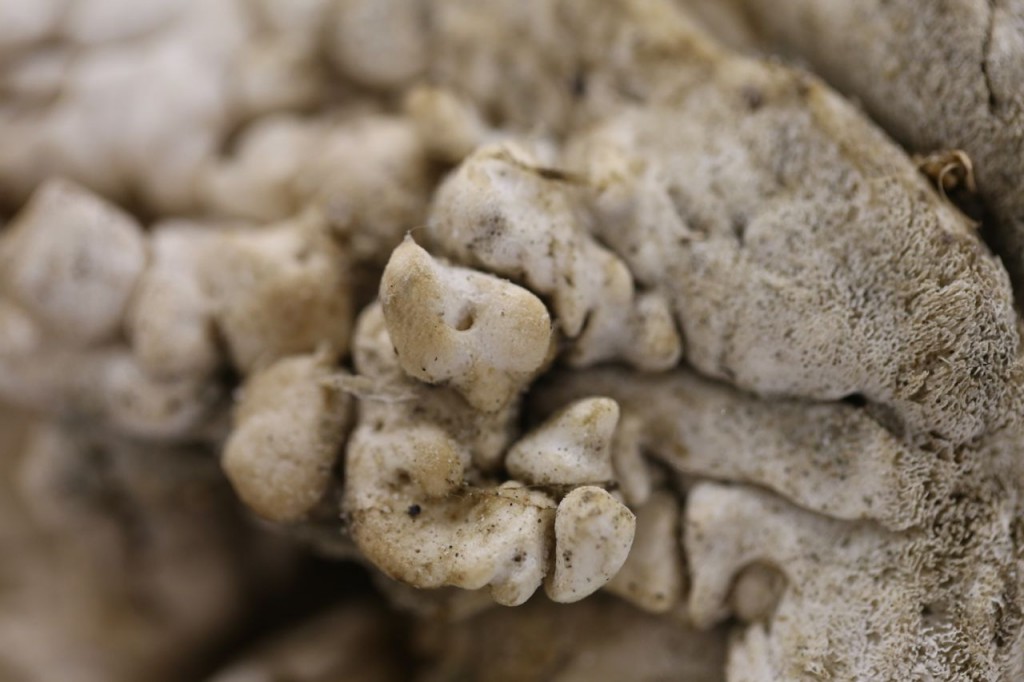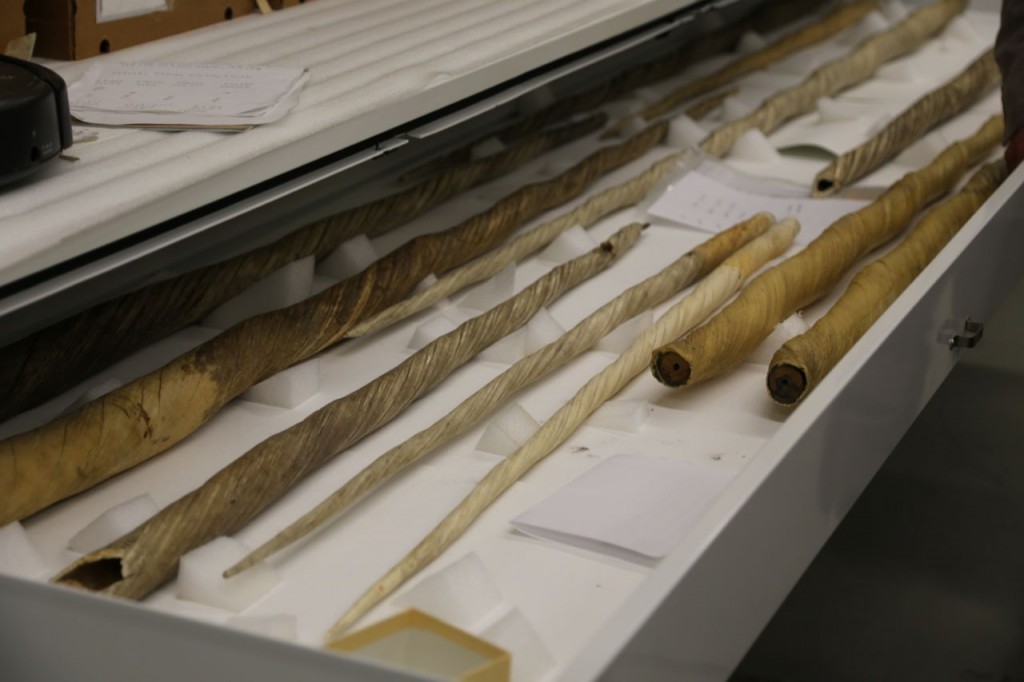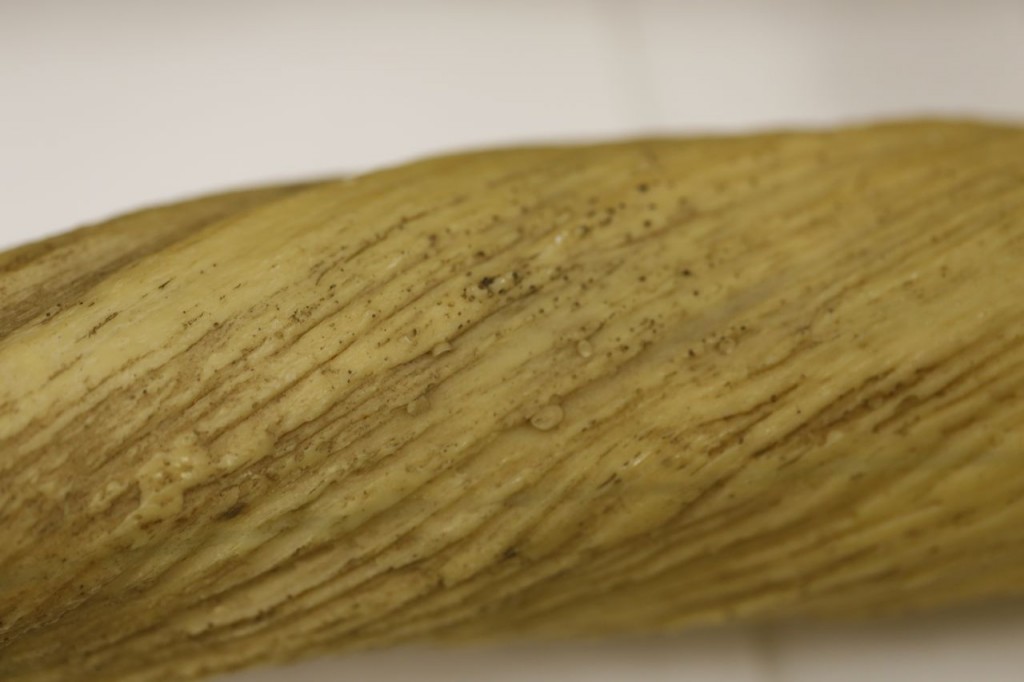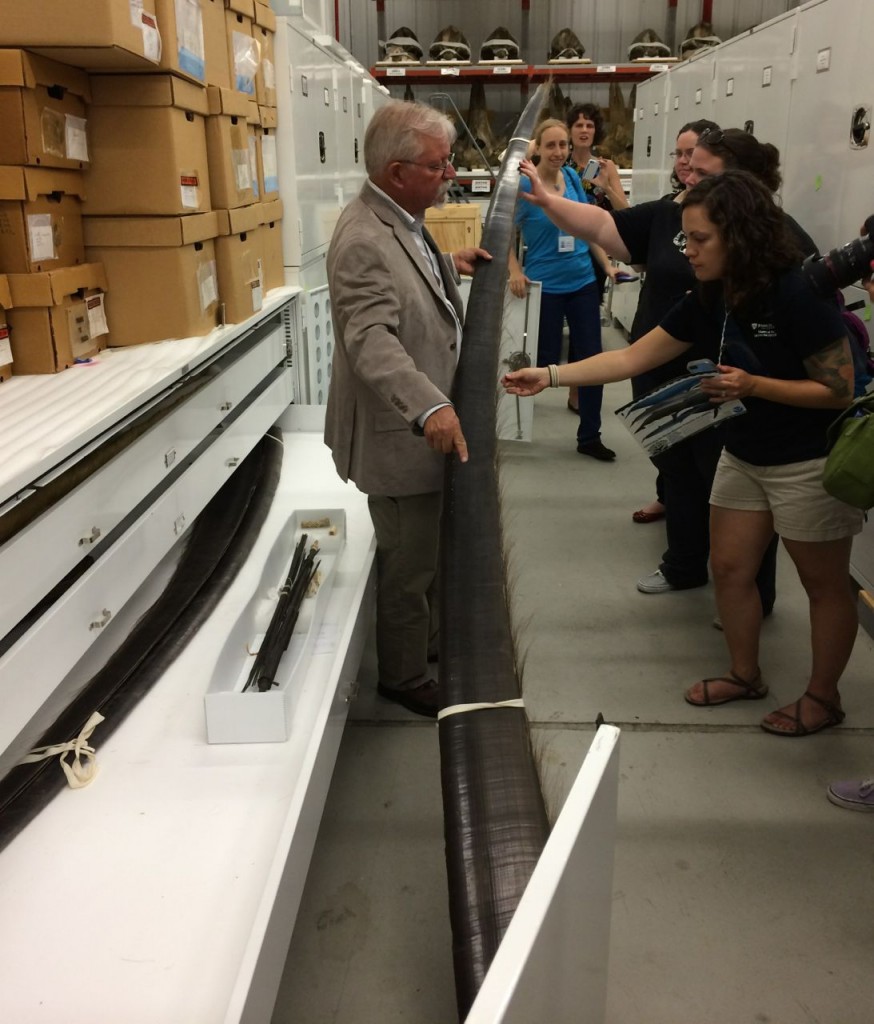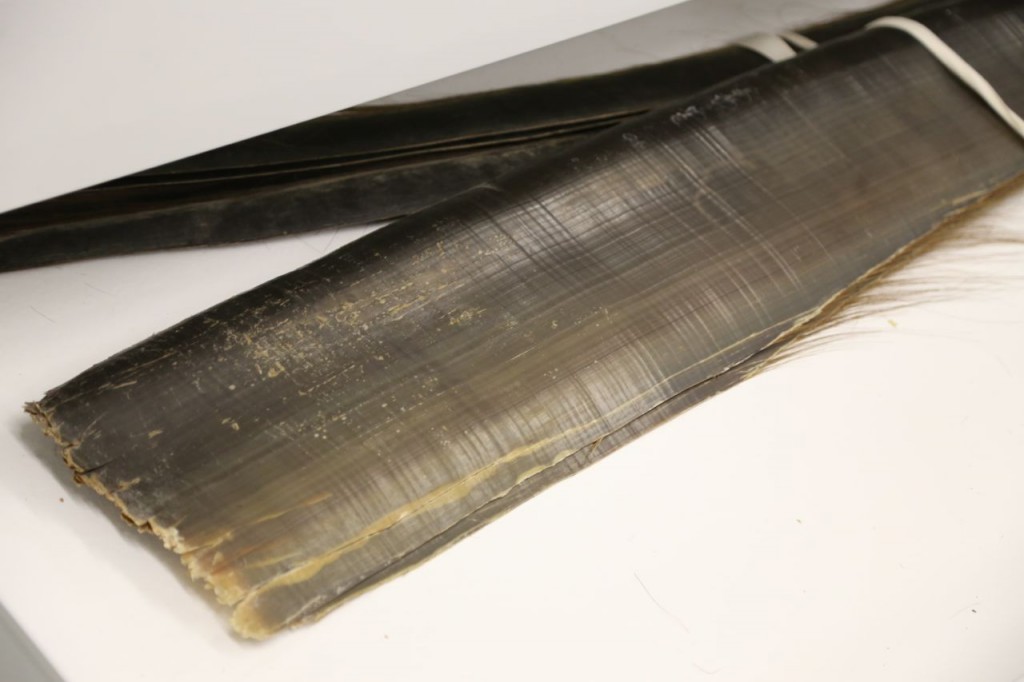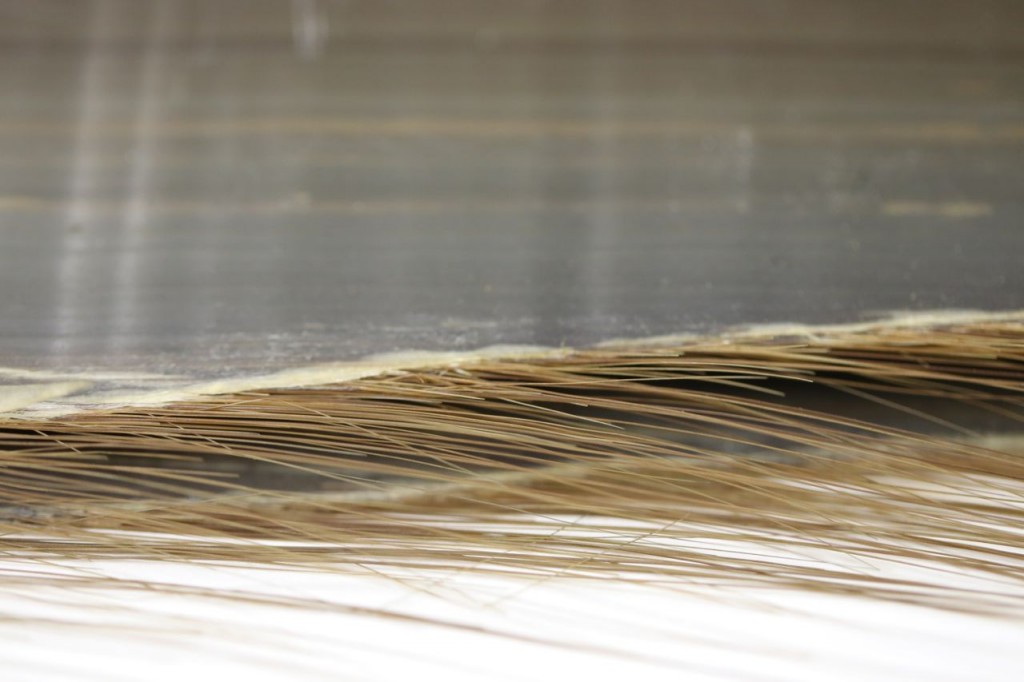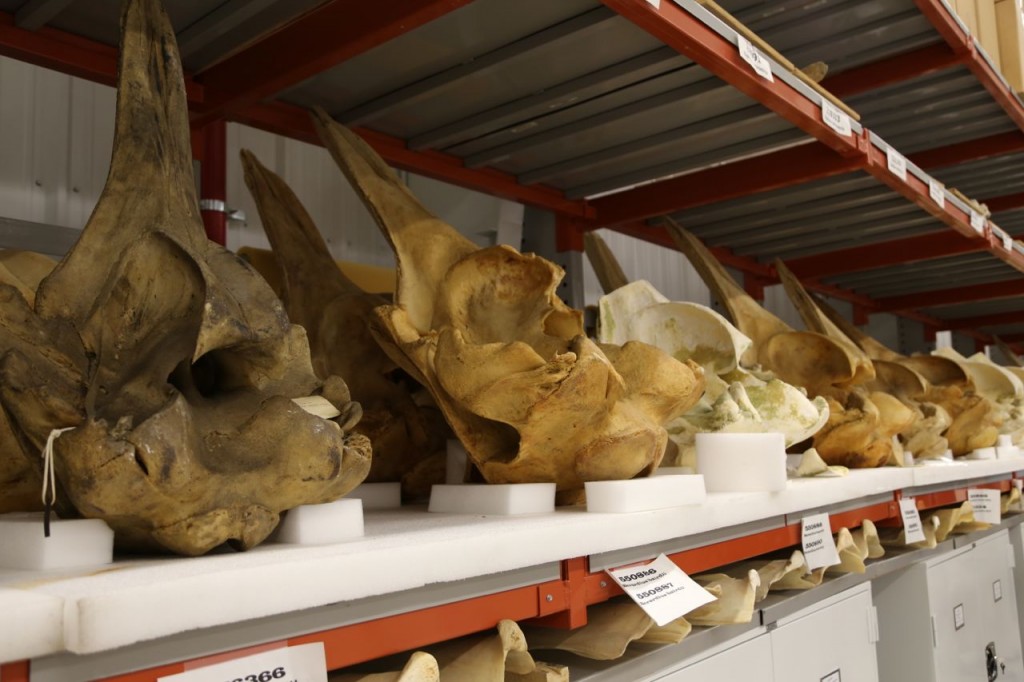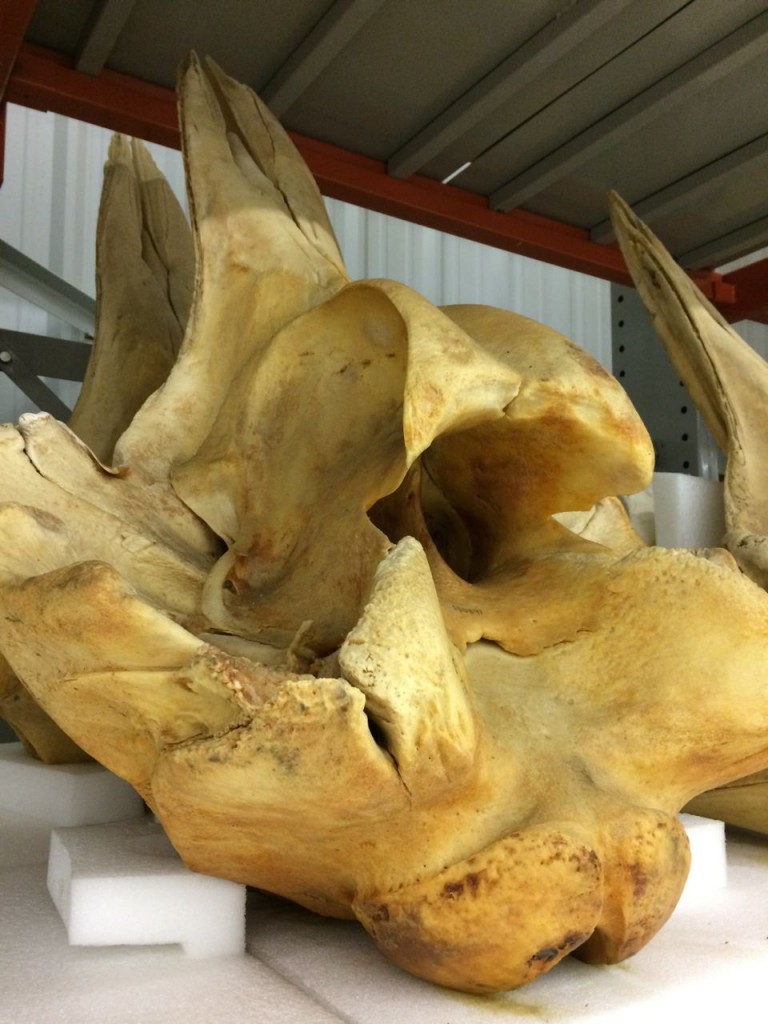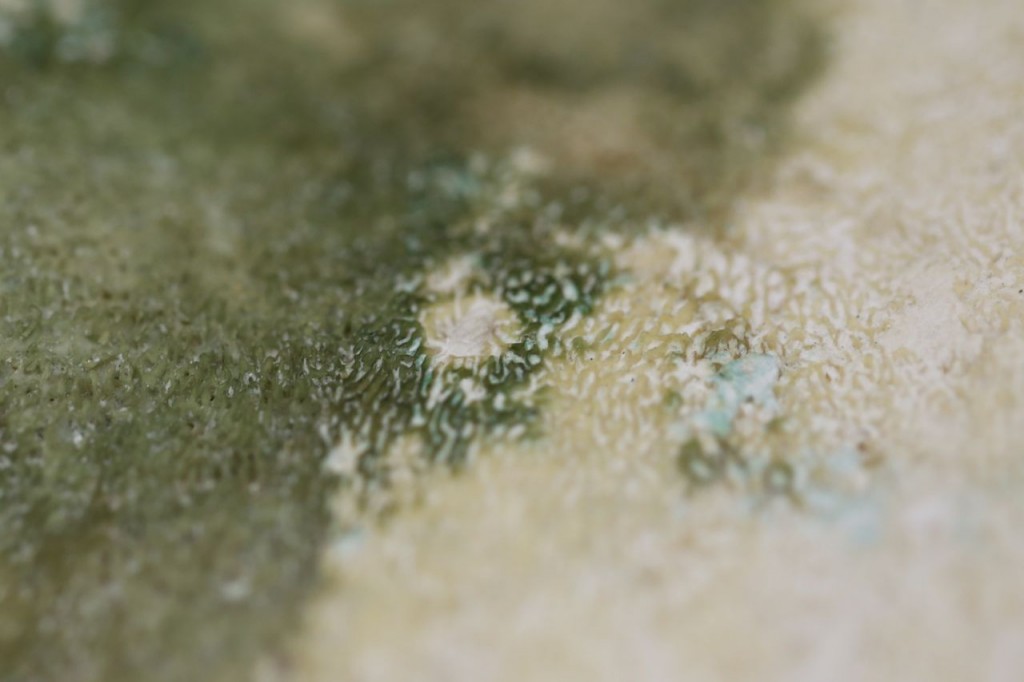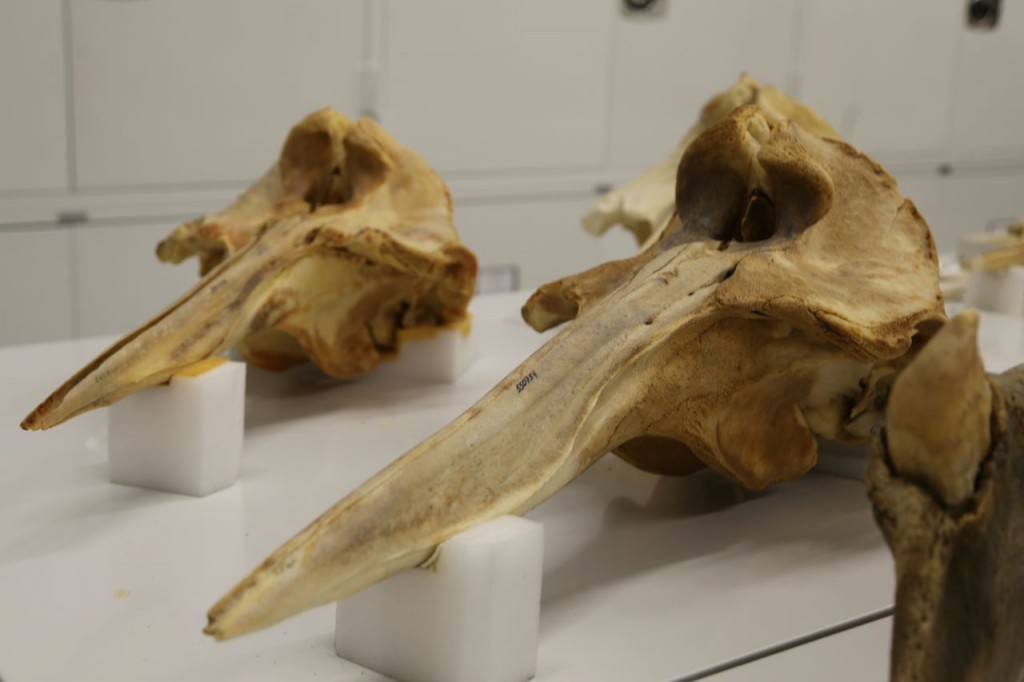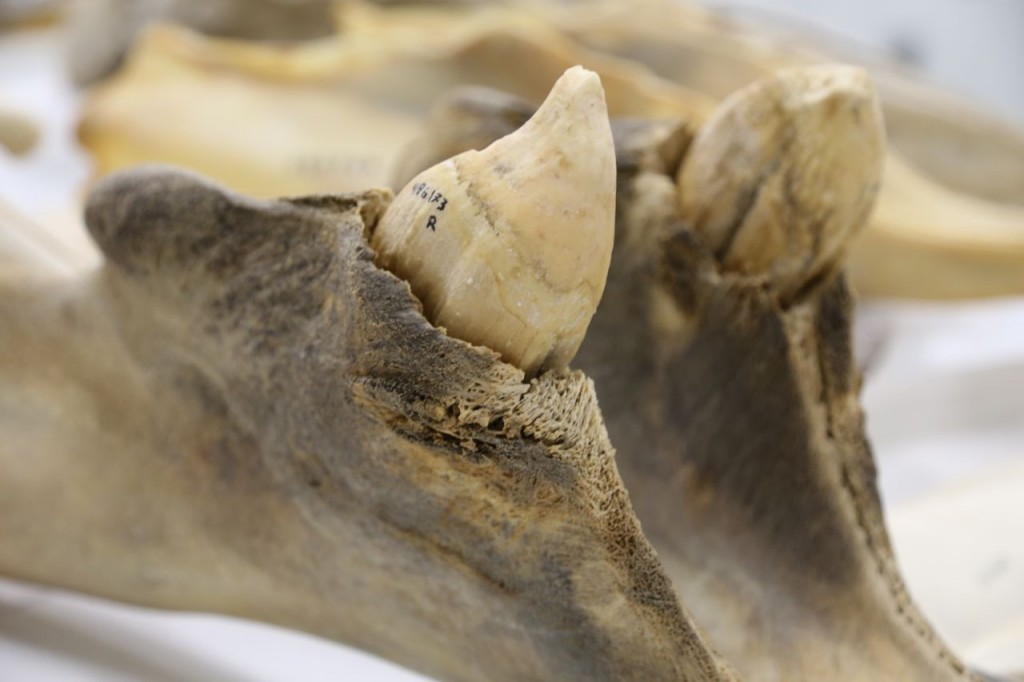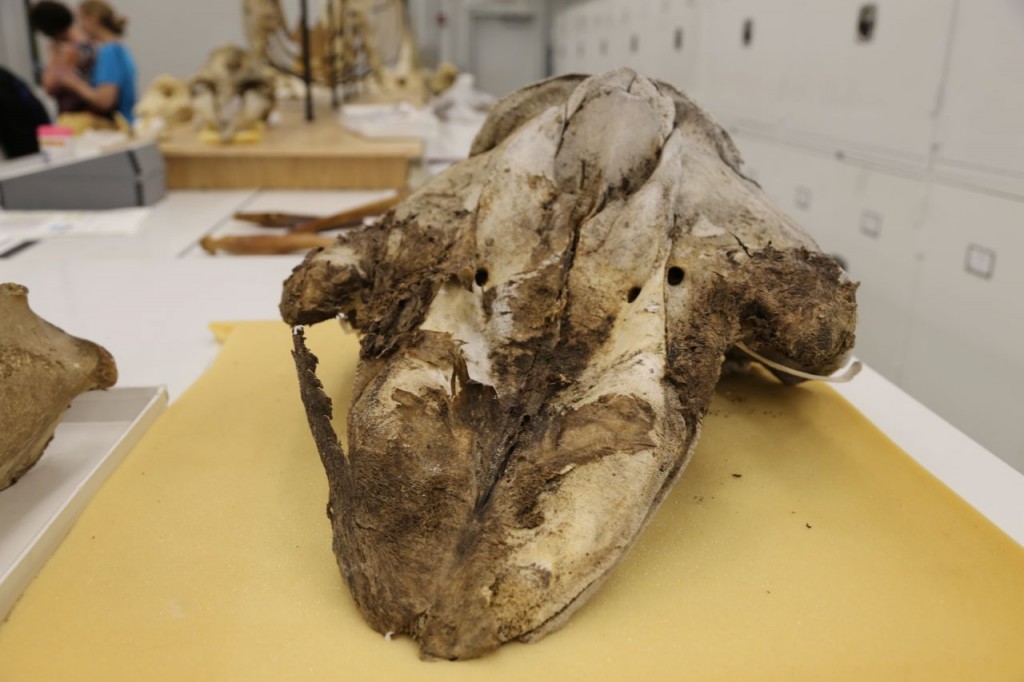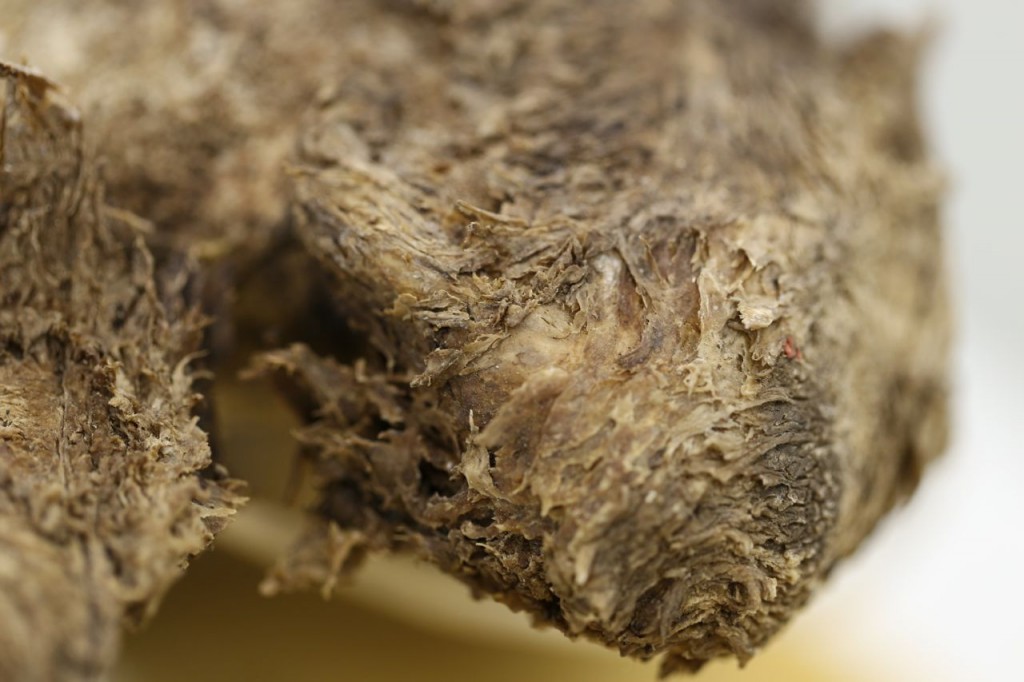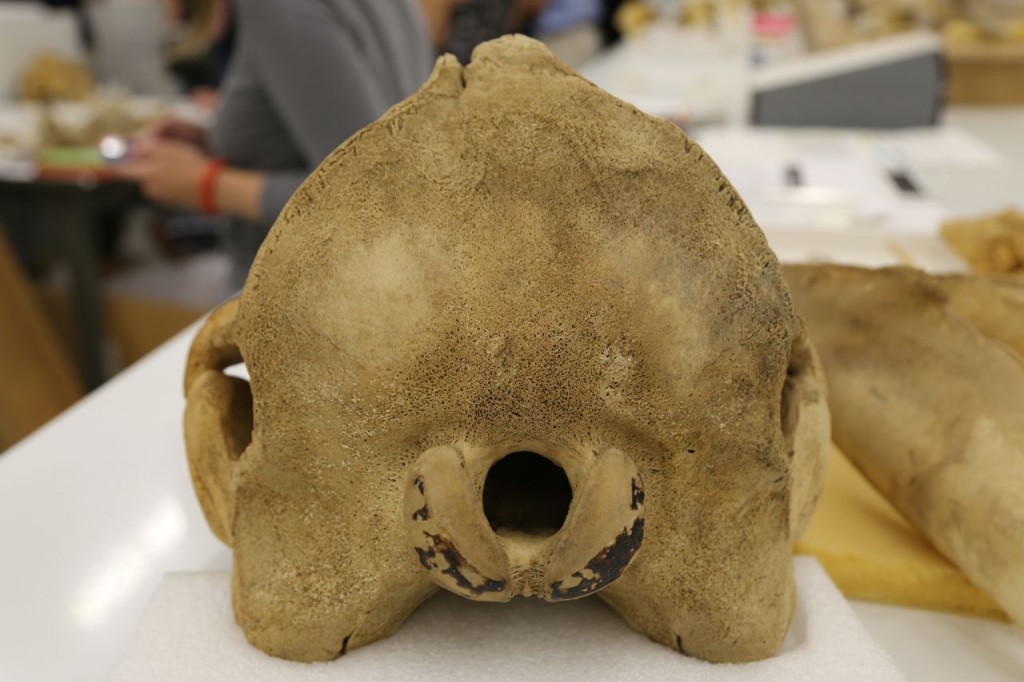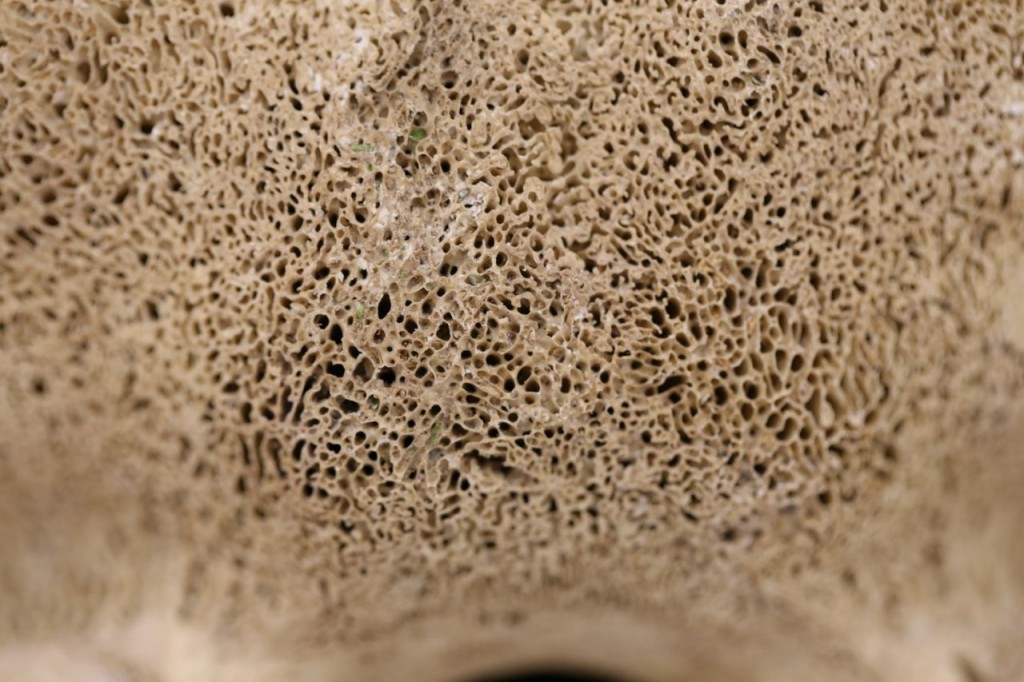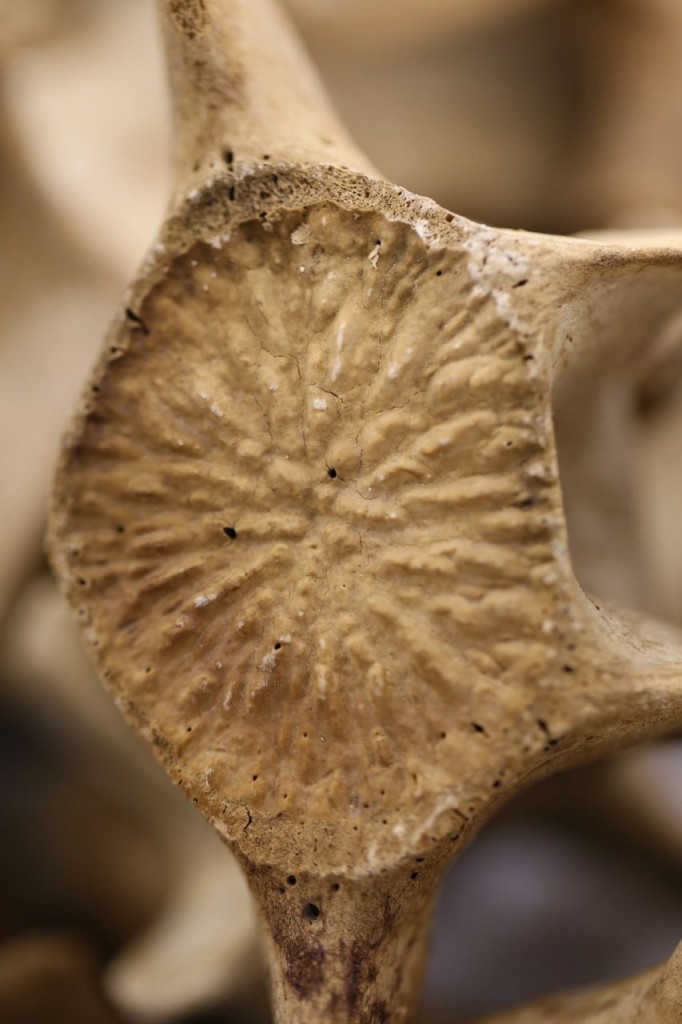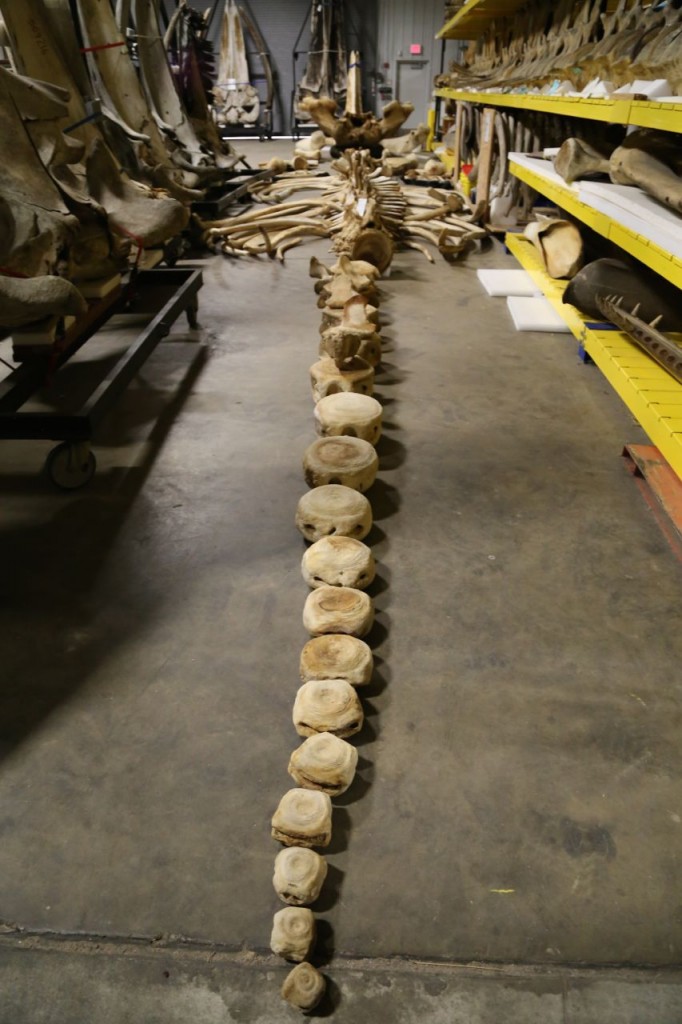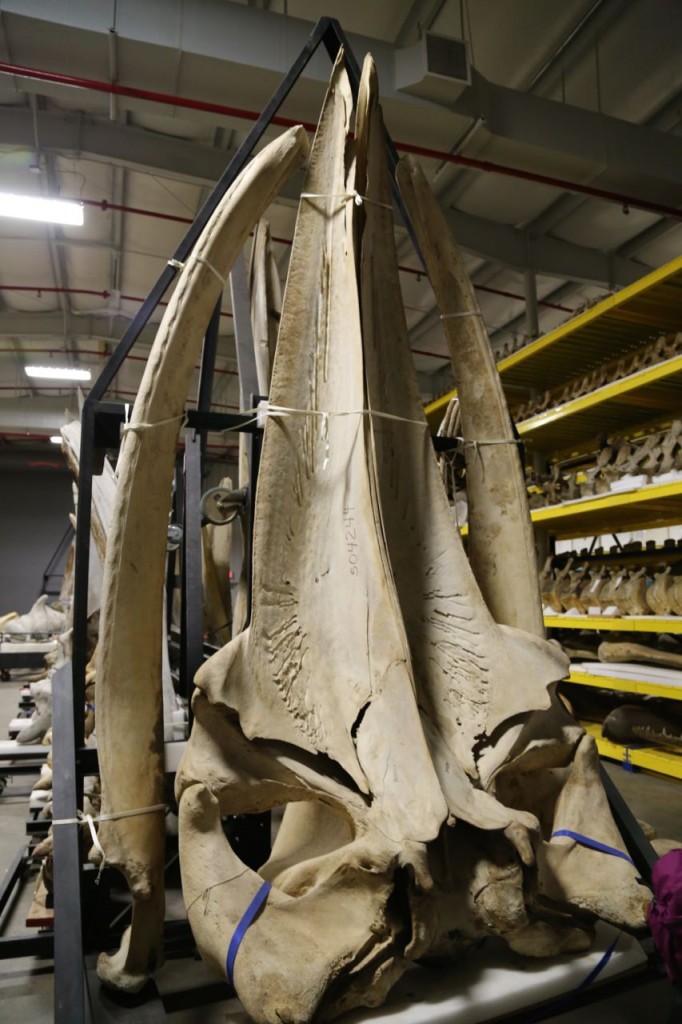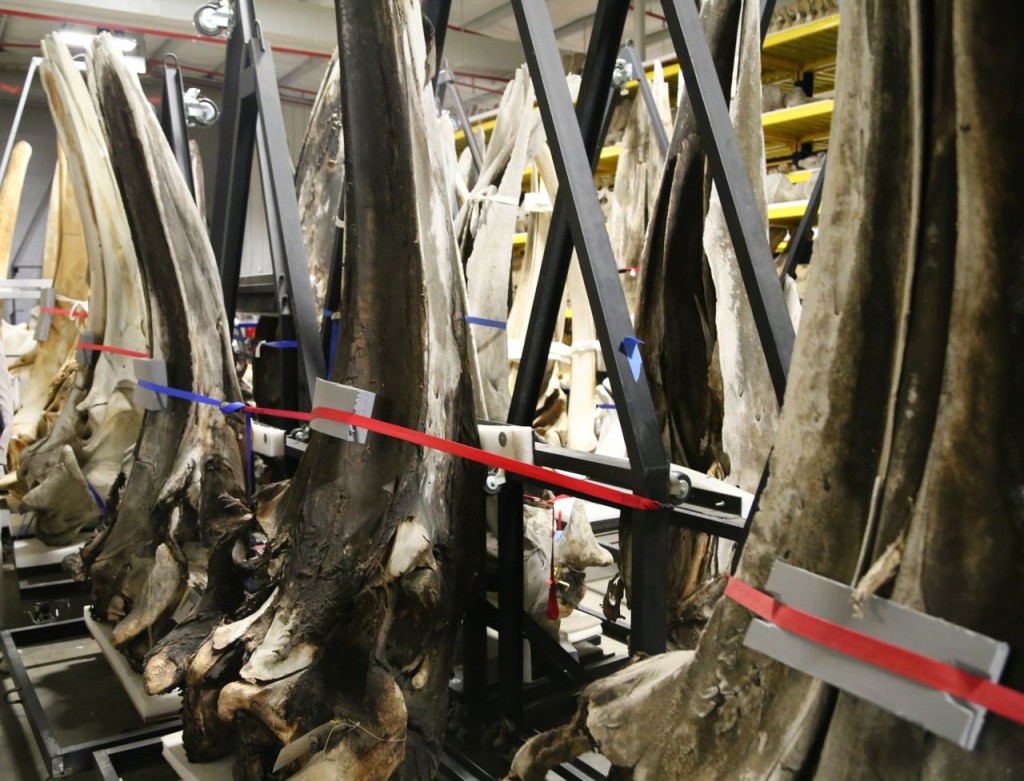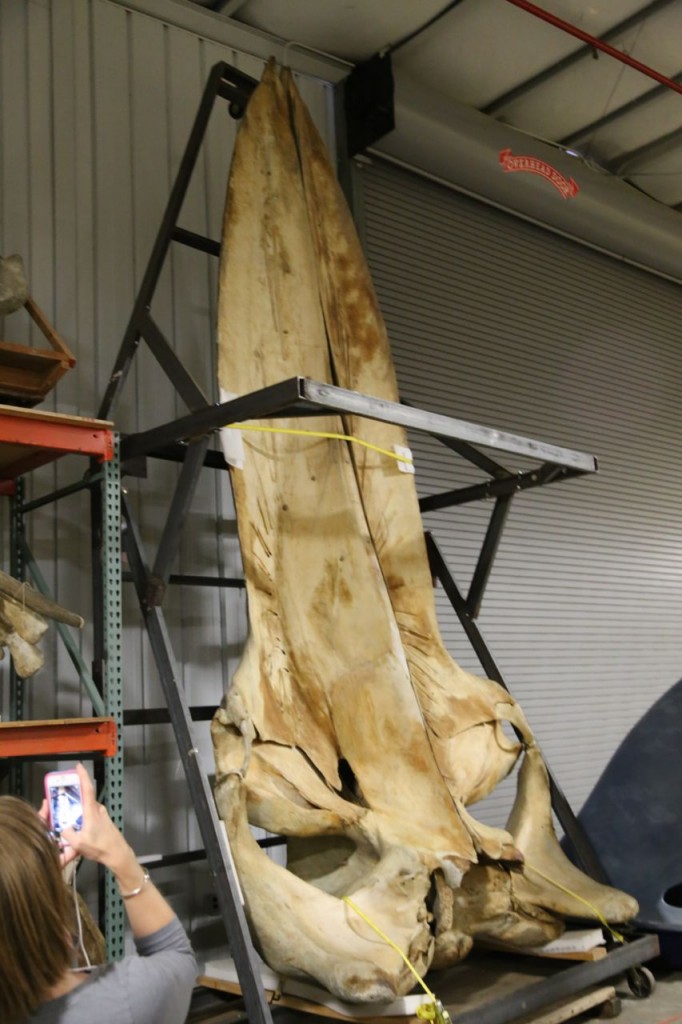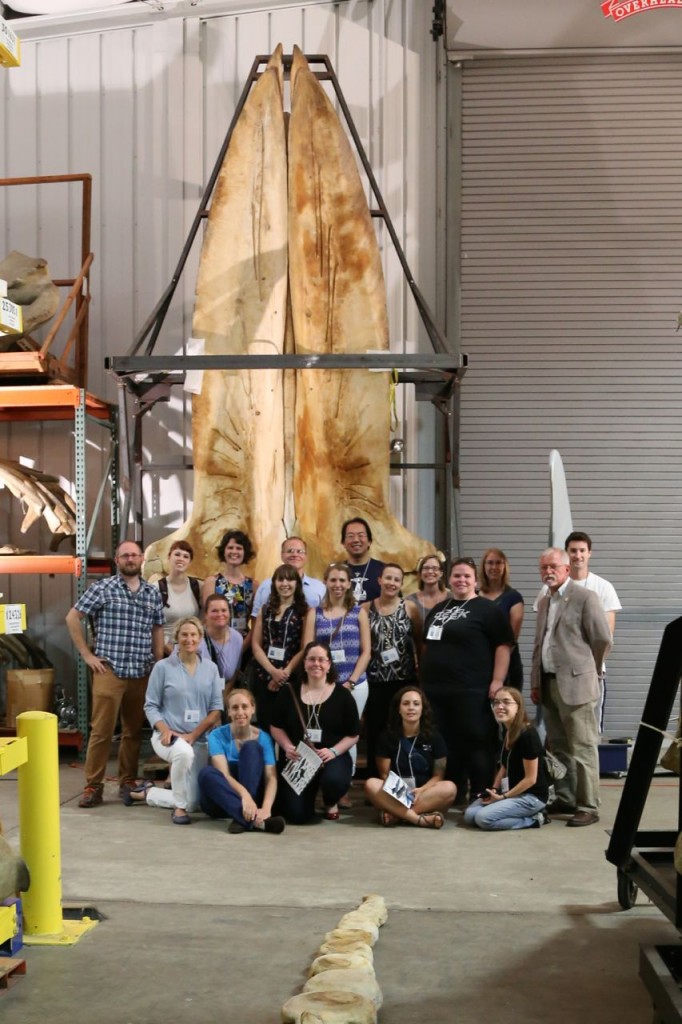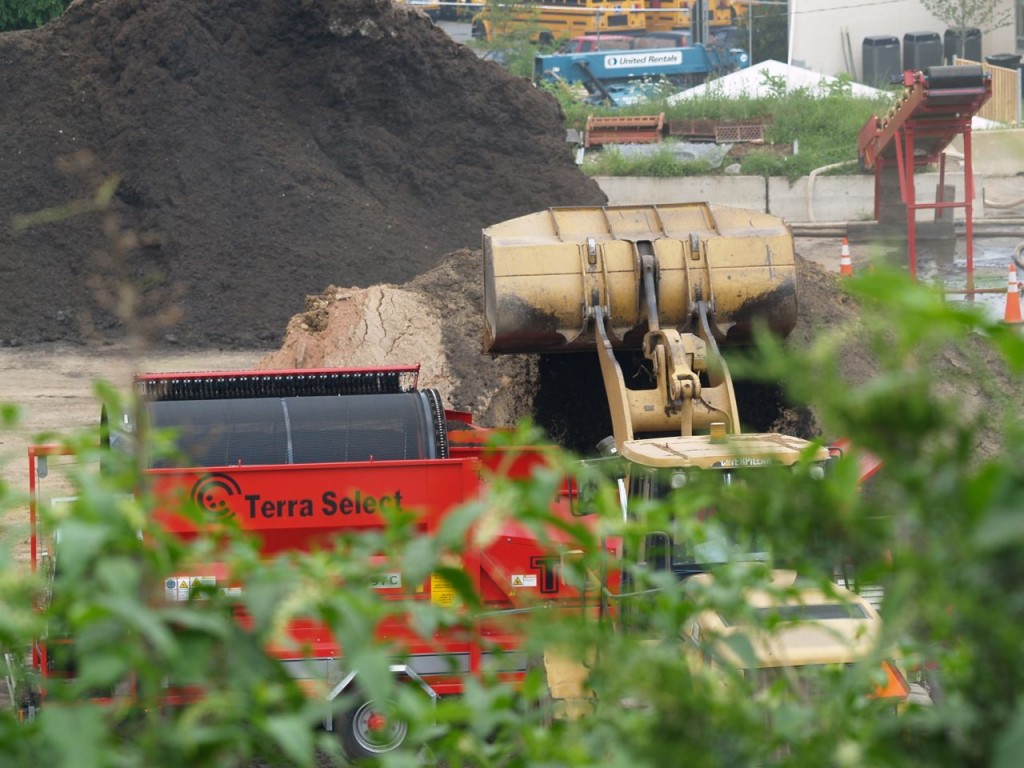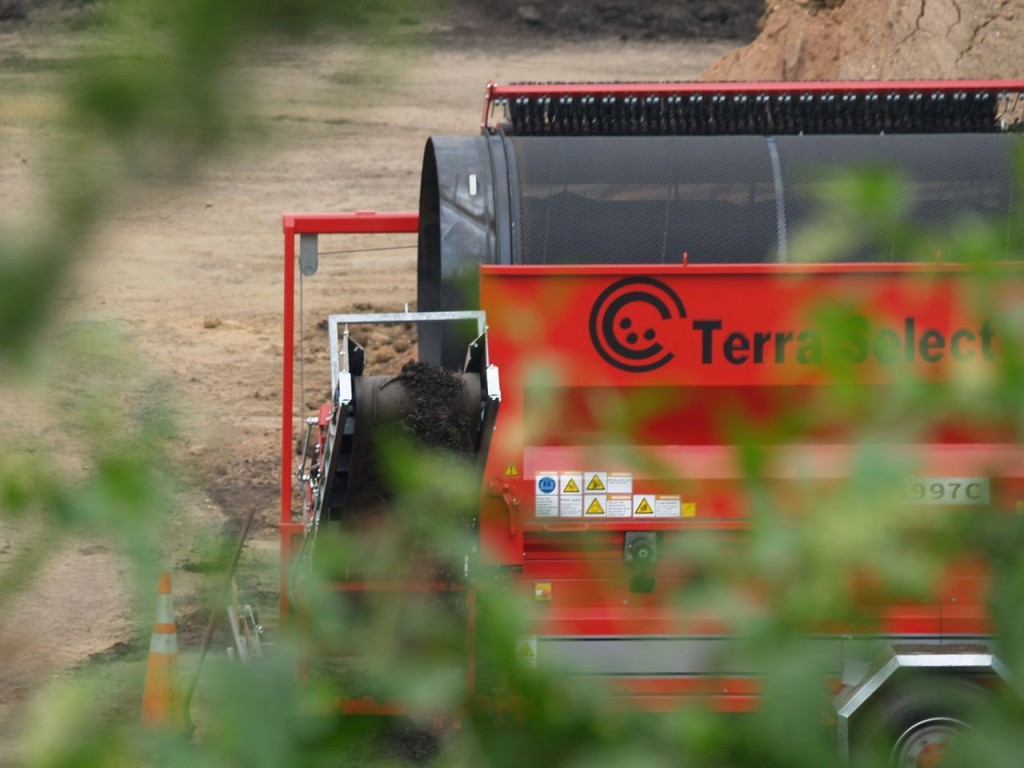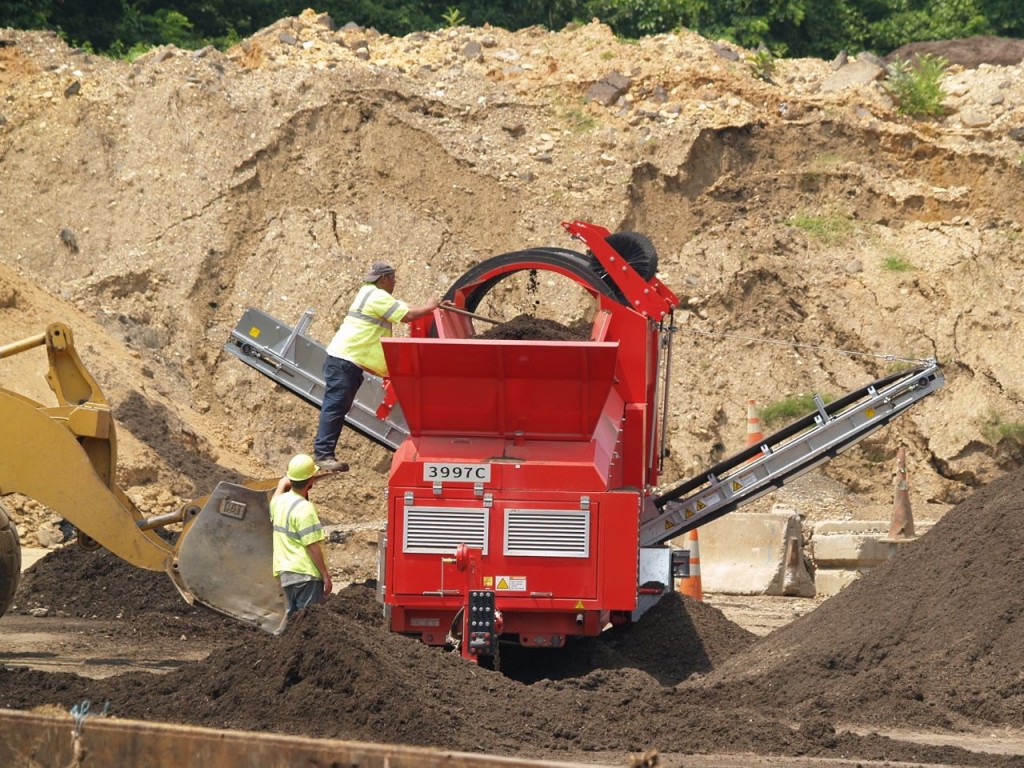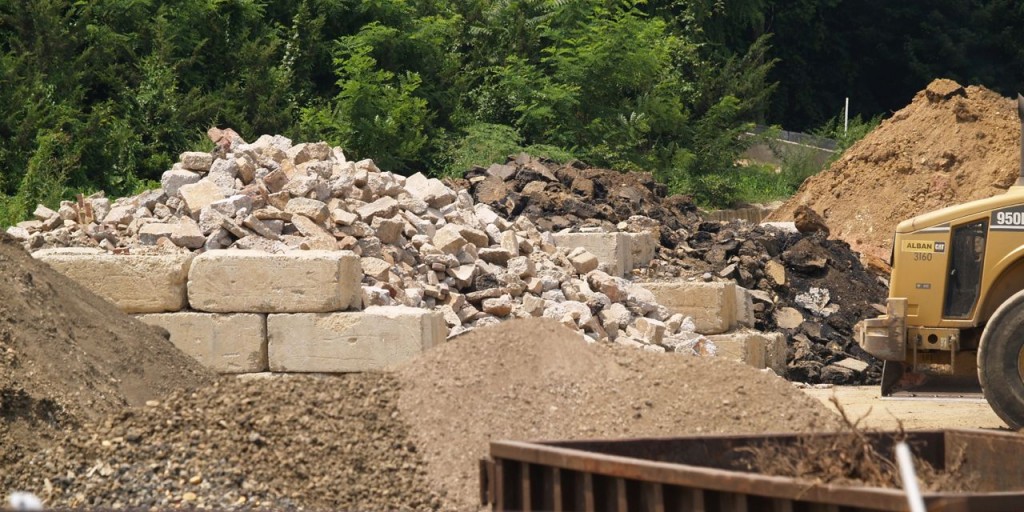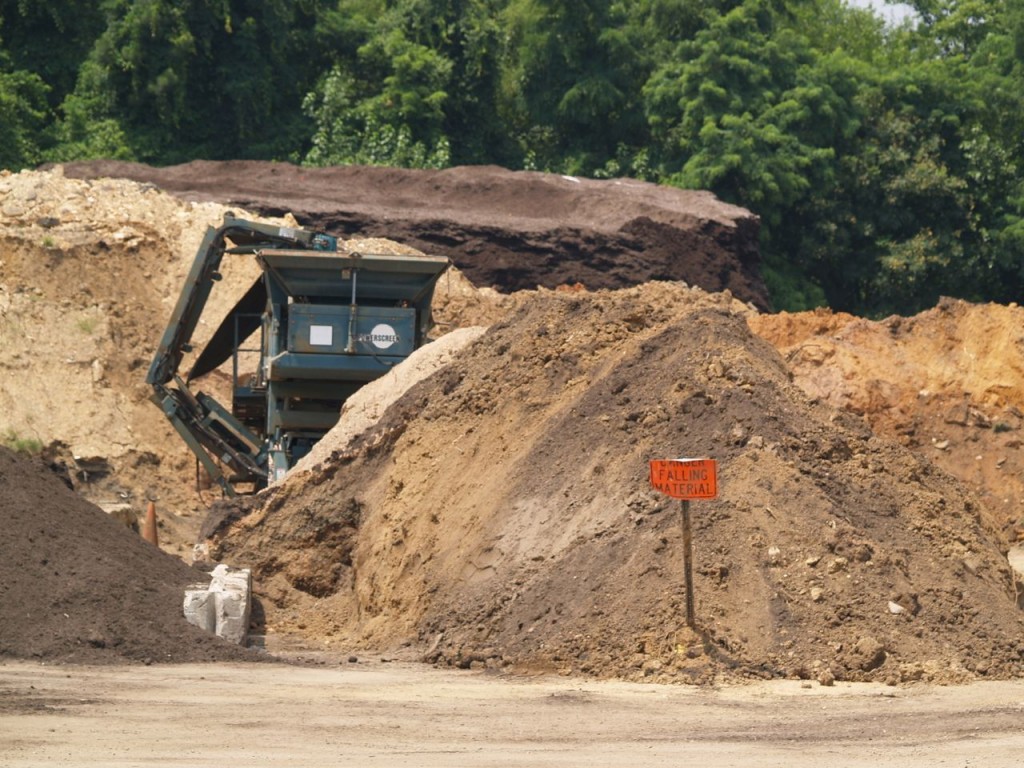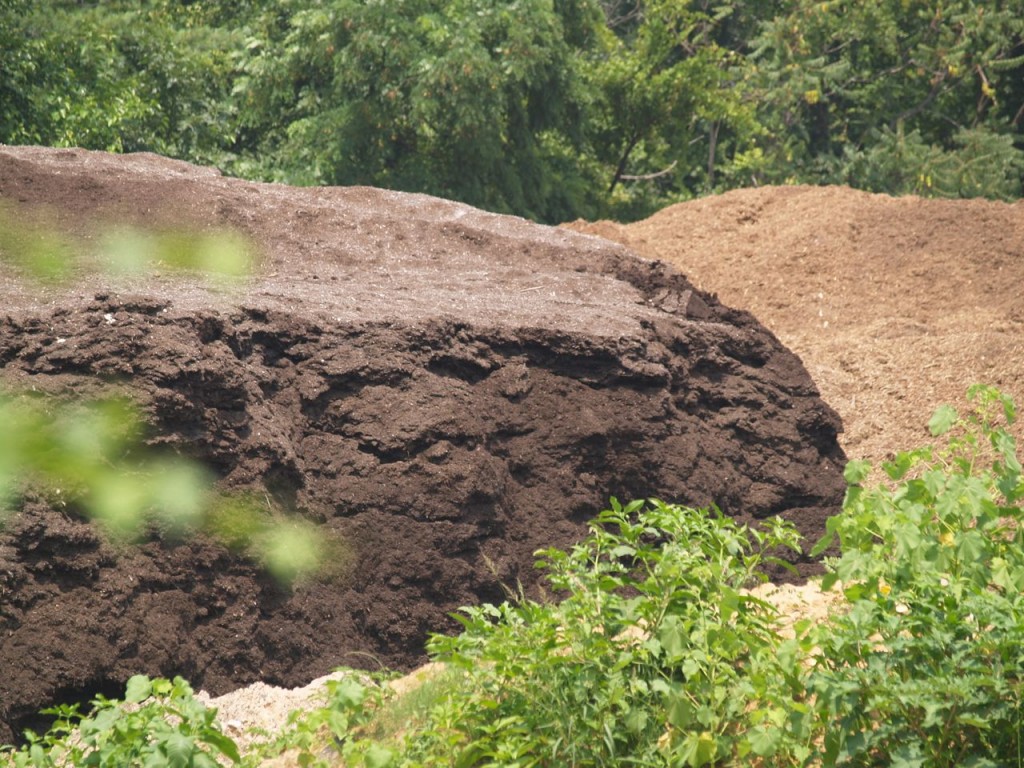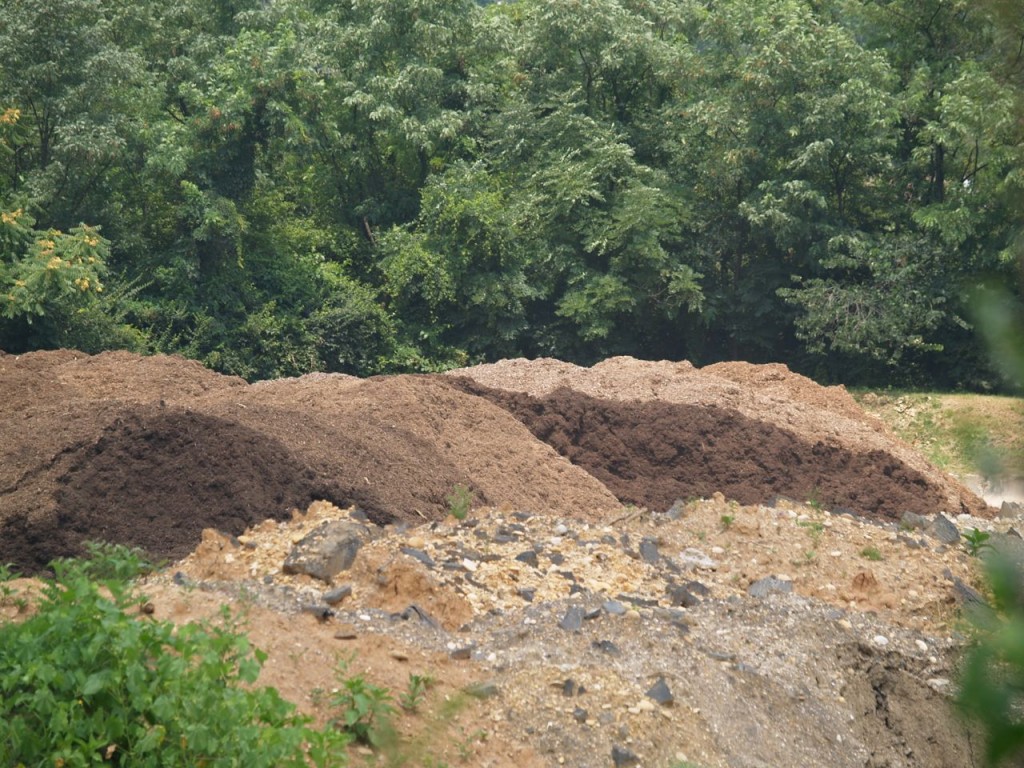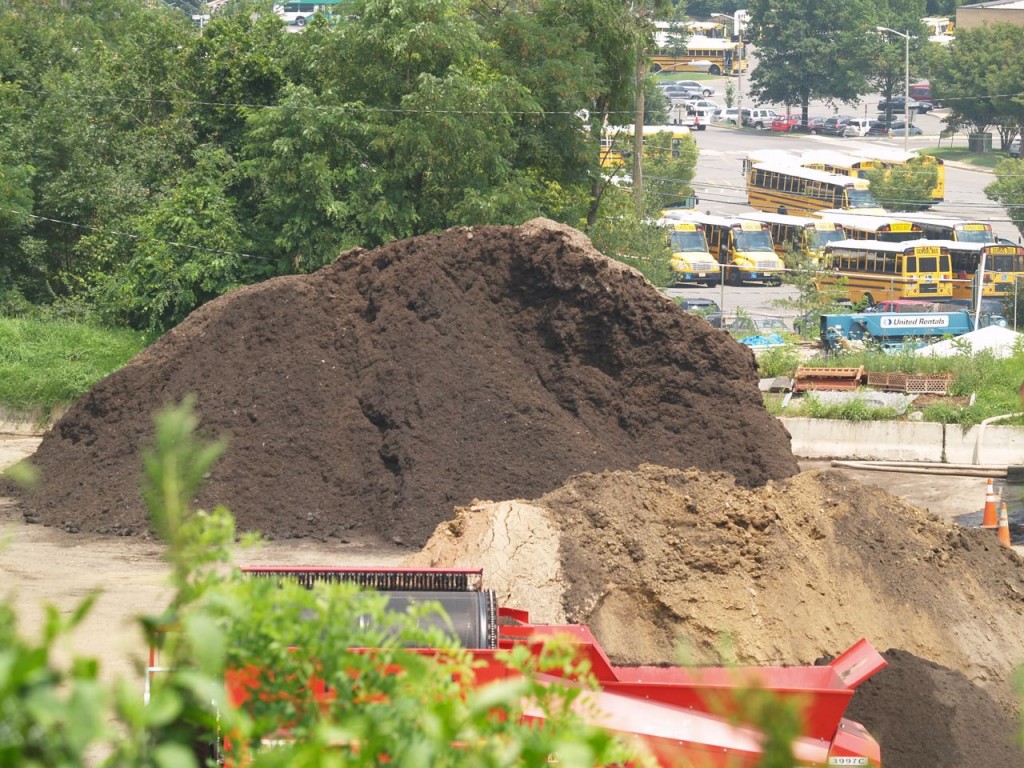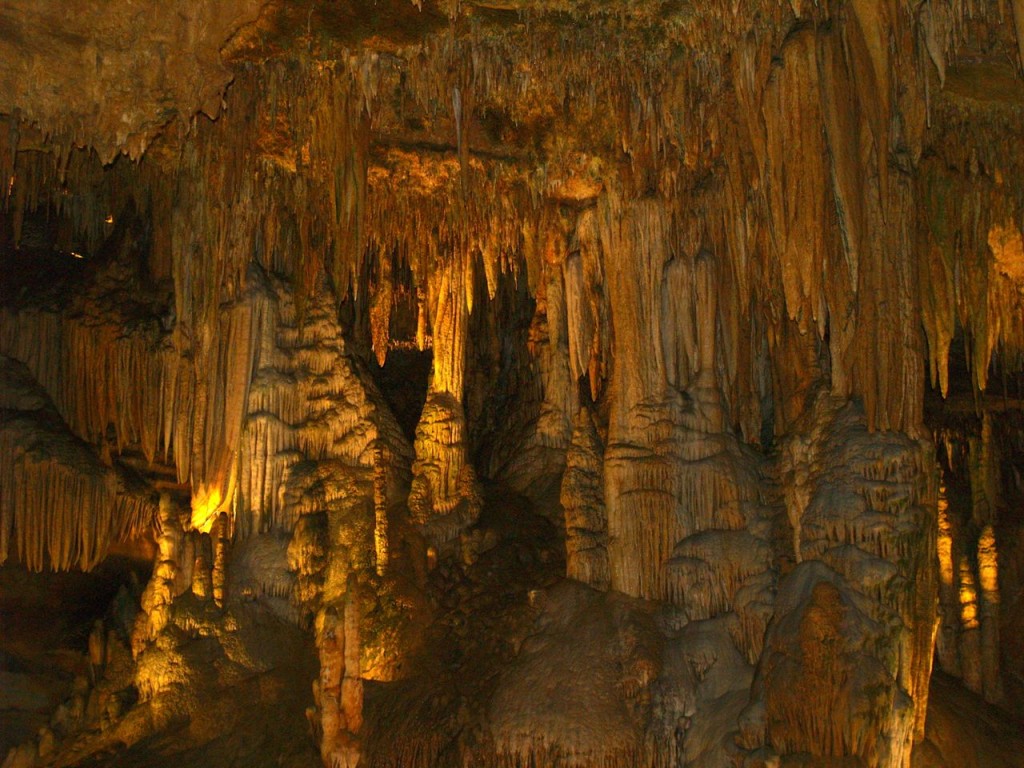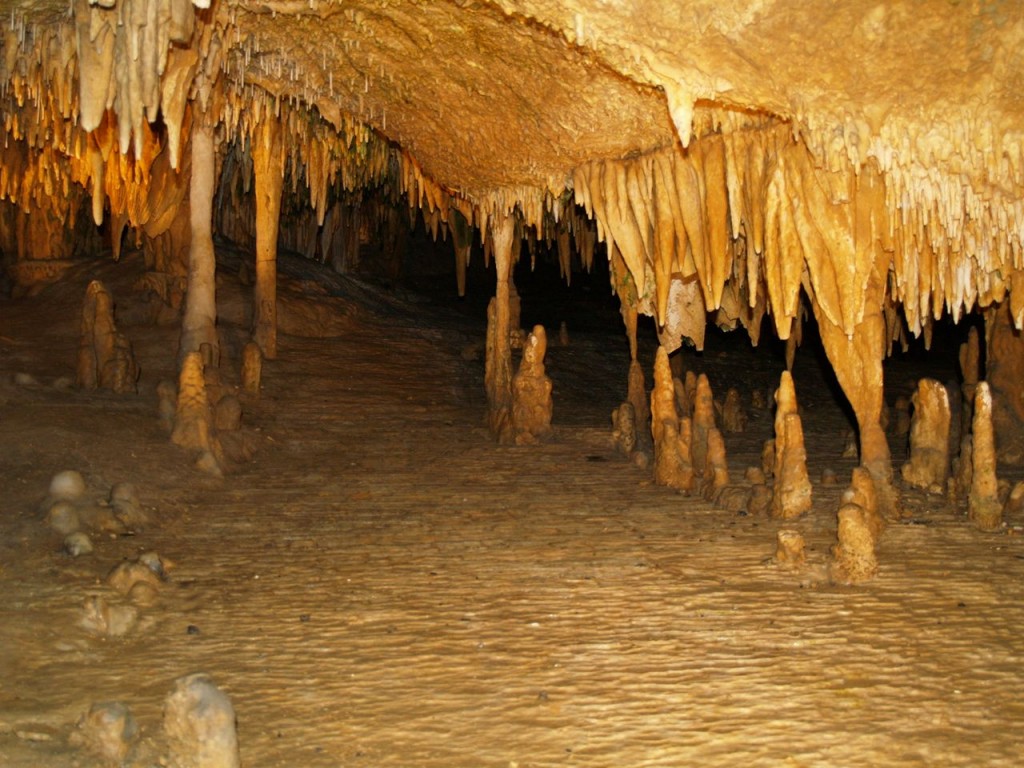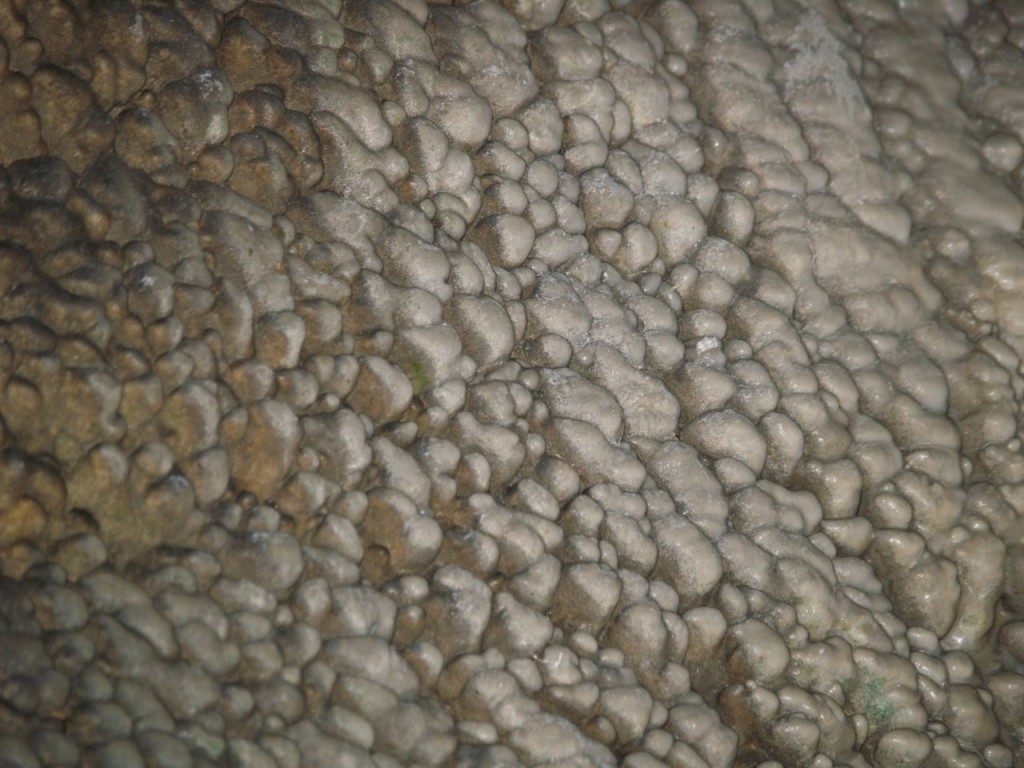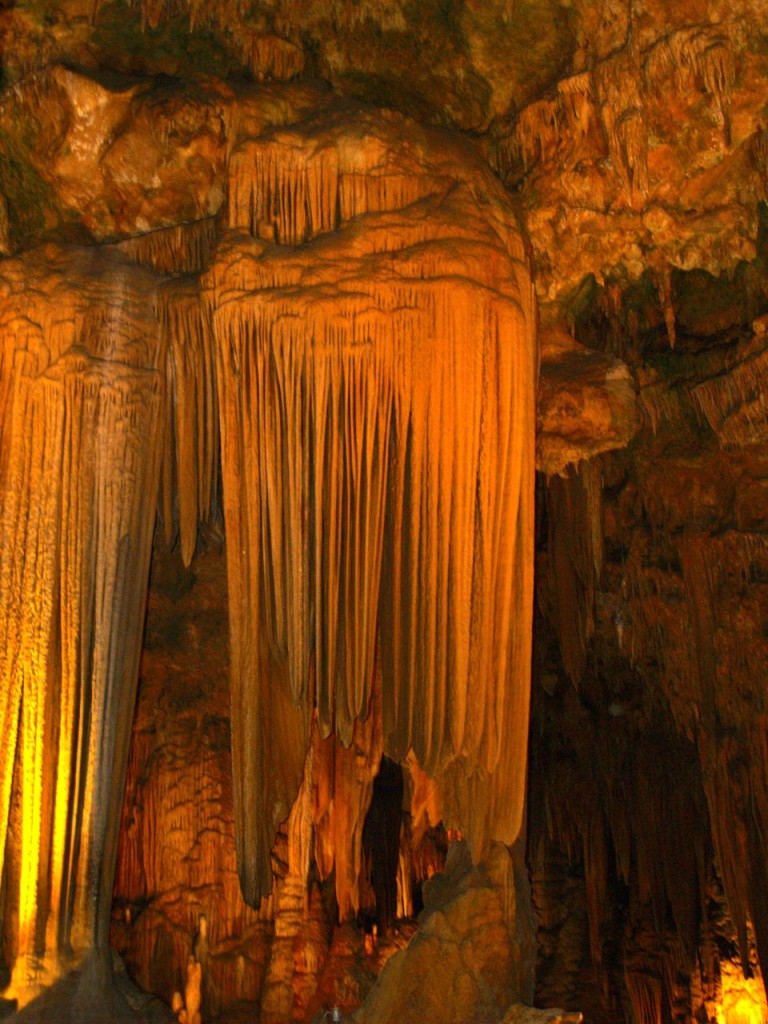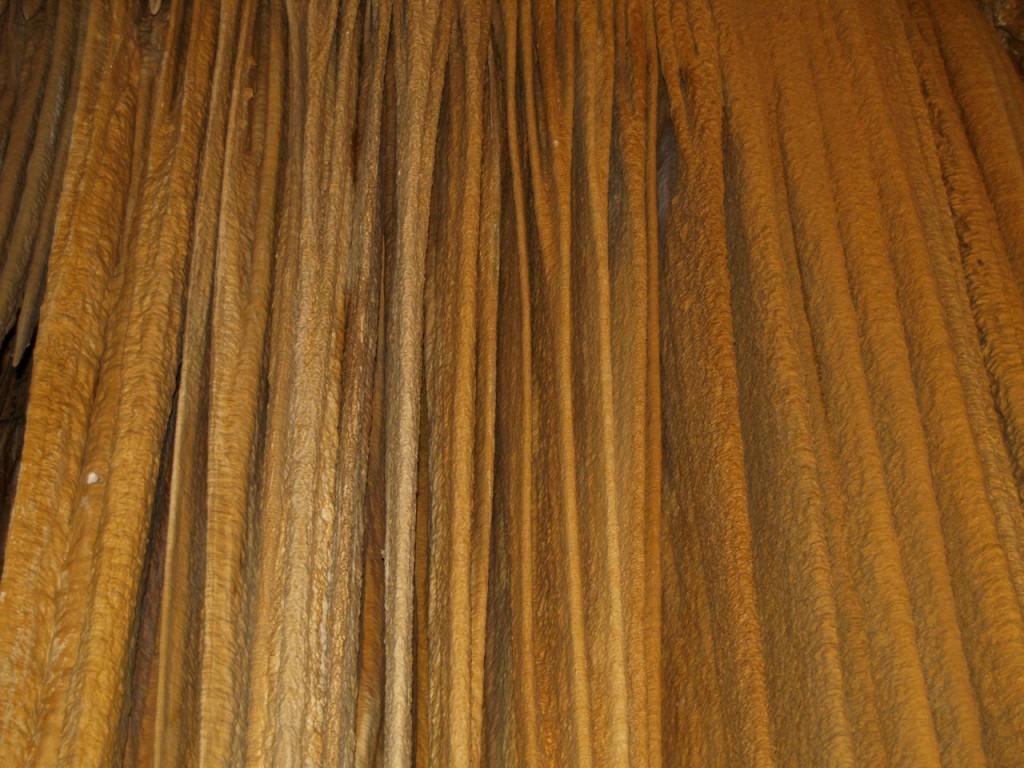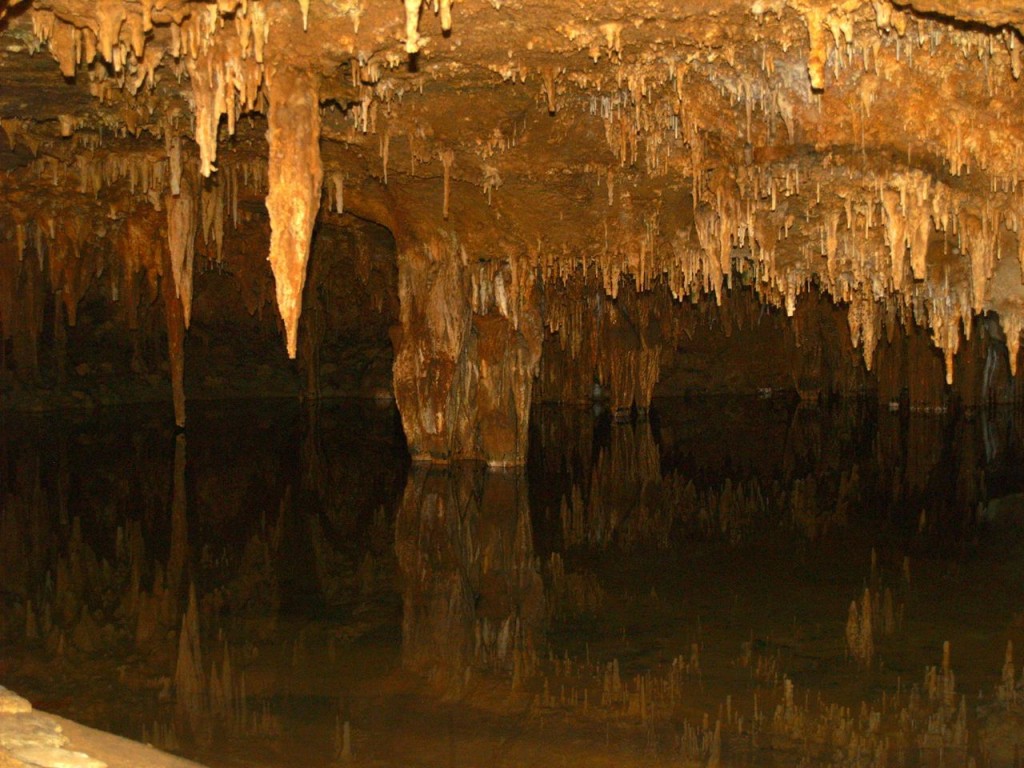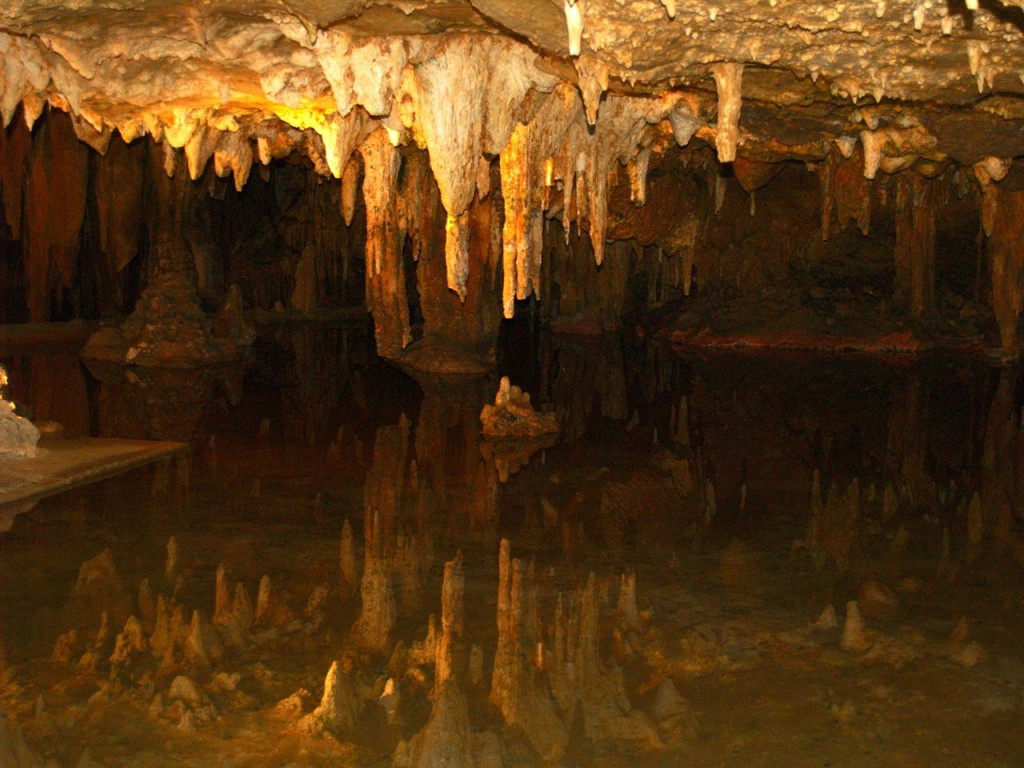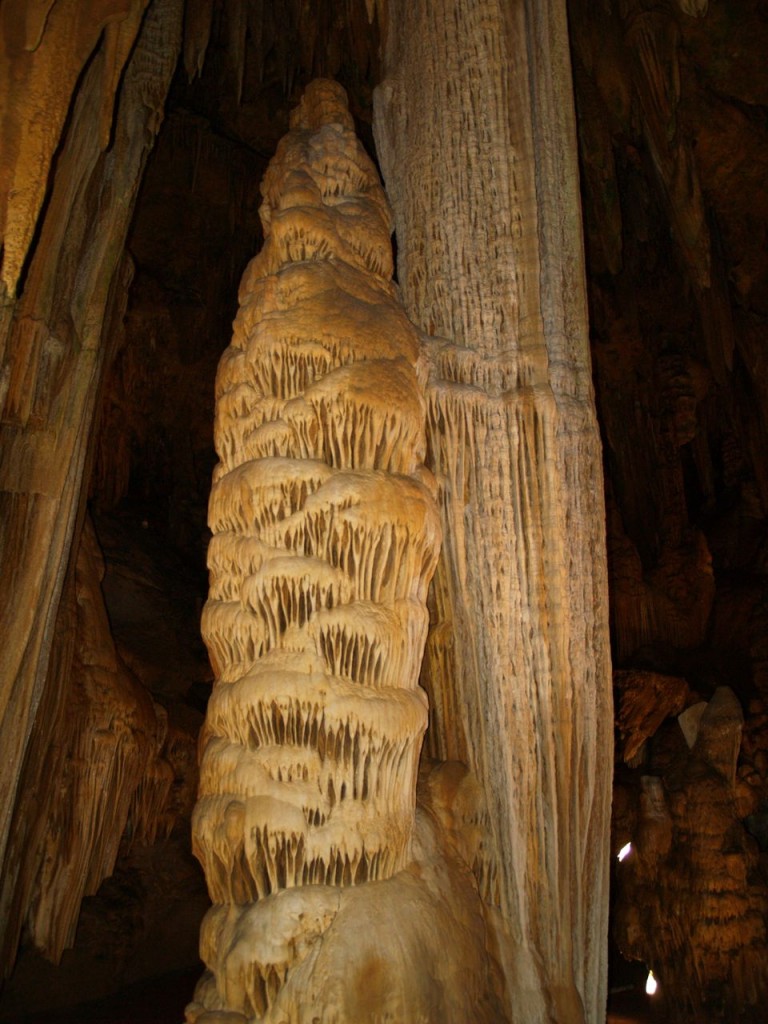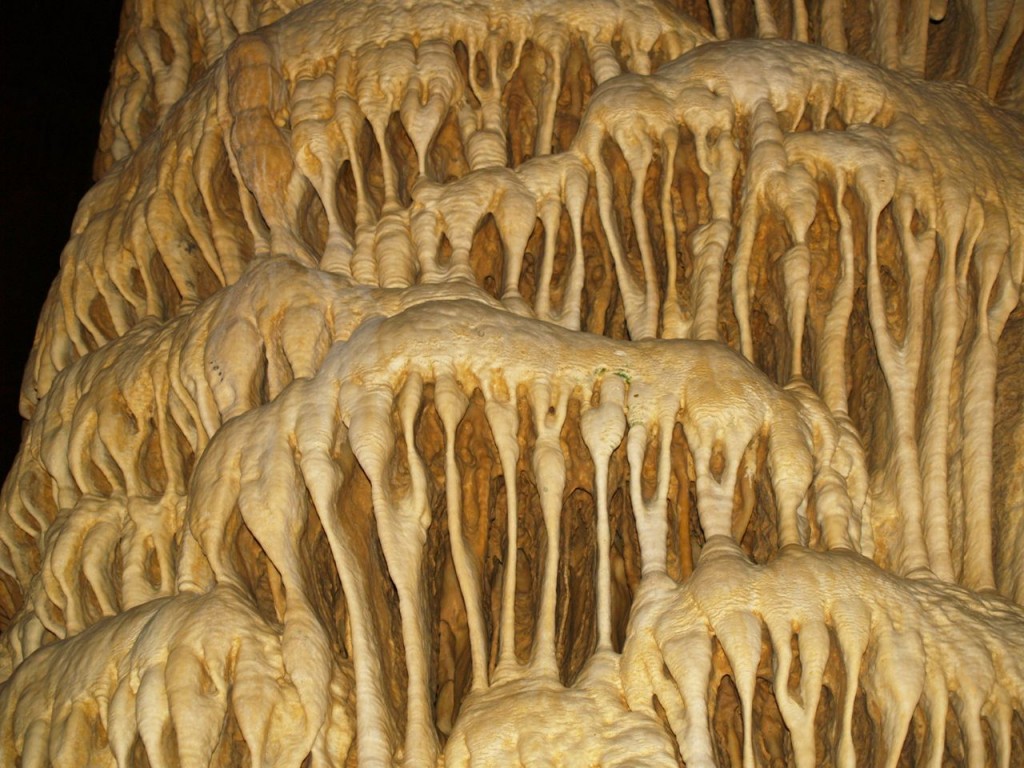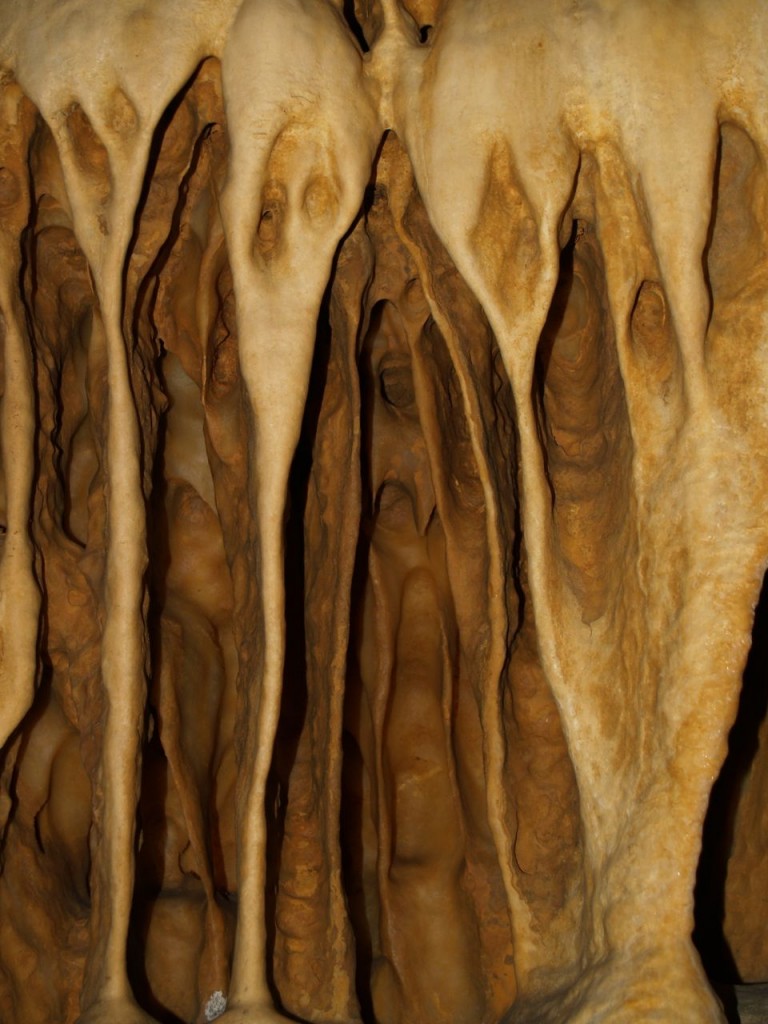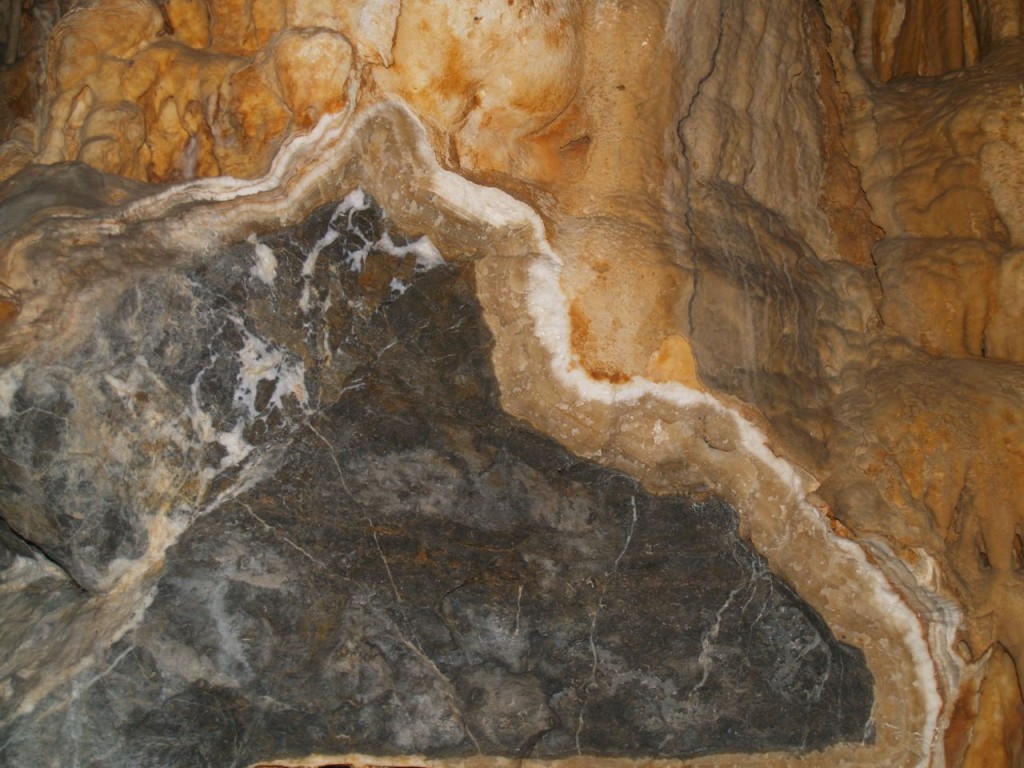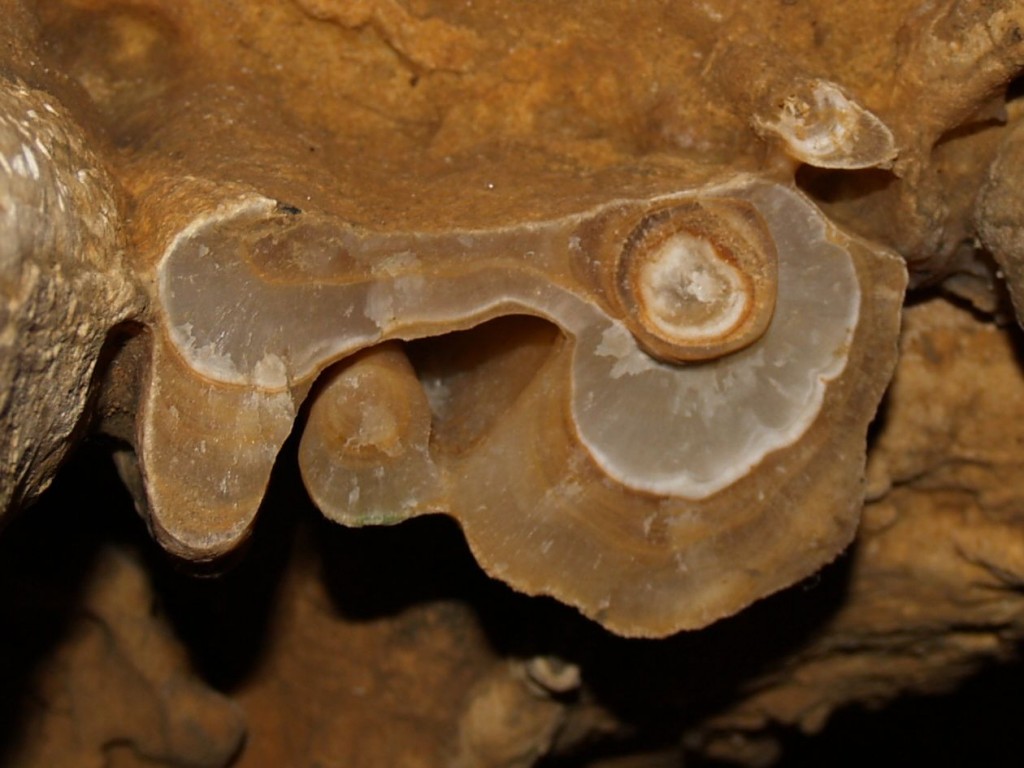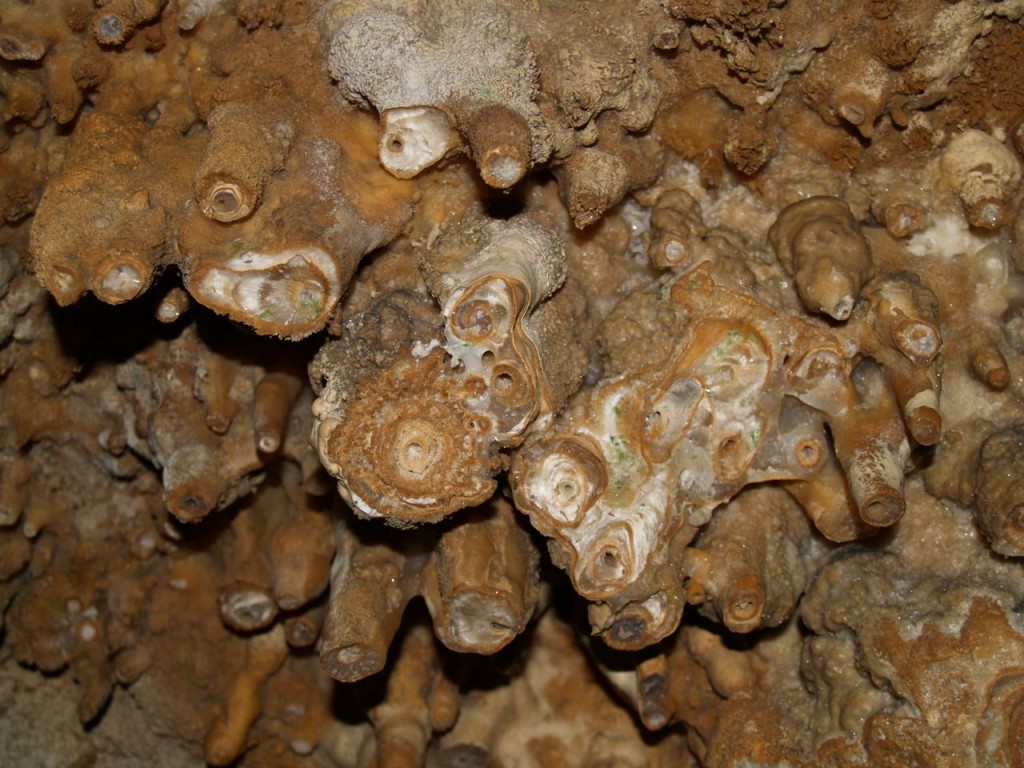Fairly often some website produces a list of people you should follow on Twitter. Yesterday it was Science with their The top 50 science stars of Twitter. This list, like so many before, is arbitrary, lacks diversity, and is based on, in my opinion, stupid metrics. Many people on Twitter have noted that this list is overwhelmingly white and male. They based the star status on follower count and a completely ridiculous metric called the Kardashian Index,” or K-index, which is about as ridiculous as the people for which it is named. The list also lacks diversity from a field of study standpoint. Also, some people have noted that other “star” Twitter scientists were left off, which according to the article’s author was because they restricted the list to Ph.D.s. I think that is a stupid restriction, and I am a Ph.D. Furthermore, someone noted that one of the accounts on the list is a bot, and another one are simply tweets by the person’s PR person.
I follow a few people on the list, so obviously I think some of them worth following. However, if you are trying to be more active on Twitter and interact with people, most (but not all) of these people are not the people to follow. The more followers you have, the more difficult it is to interact with them, assuming you are even trying. Don’t get me wrong, some of the people on this and other lists do tweet great information. However, if your goal on Twitter is to network, make friends, learn things, and sometimes get help or advice, then “stars” are not to the people to follow. I have made friends on Twitter, including friends I have later met in person. I have also networked and gotten great advice on work and personal projects. I see tweets on an almost daily basis of scientists helping each other out via tweets. Someone will tweet out asking for advice on some lab protocol or best manner to collect a certain type of sample, and others will reply with advice. Many people, including myself, tweet out a photo of something we are trying to identify. If I know people who know things in that field, I’ll tag them, and via crowdsourcing, we can normally identify the life form or object. That sort of fun learning experience is through interactions with us non Twitter stars.
If you want to use Twitter for things like that, you need to seek out people in your field or fields you are interested in, or just people who tweet out interesting things. Ignore the number of followers they have, and look at what they tweet. The less followers they have, the more likely they will follow you and interact with you. There are wonderful people with tons of followers that are worth following on Twitter, and some of them do a good job of interacting, and there are some worth following even if they don’t interact. I just mean that you can get a lot more out of Twitter if you interact with people. That leads to the obvious question, how do you find these people? Look for Twitter lists such Women Tweet Science Too which was created to in reaction to the lack of women on the above mentioned Nature list. Many people have already created tons of great public lists like this for people in various fields. Follow people on these, and then once you find people you really like on Twitter, see who they follow and with whom they interact.
Furthermore, if you want my personal opinion on how to get people to follow you, which you can take or leave, then see below.
1. Tweet. That may seem obvious, but it you don’t tweet, people are not going to follow you. Tweet links to articles you find interesting. Tweet things you find funny. Tweet about what you are working on, even if you think it is uninteresting or no one will understand what you are doing. Your fellow nerds and geeks will understand and be interested. Even if no one if following you, you have to get started somehow.
2. Have a avatar photo. Having one that represents something about you, even if it is not a photo of you. I rarely follow Twitter eggs.
3. Have a Twitter bio. When someone follows me, I look at their bio. Do they work in a field interesting to me? Do they say something funny? Do they have interests similar to me?
4. Interact with people. Even if a person doesn’t follow you, if they ask a question you can help with, reply to them. Give your input.

